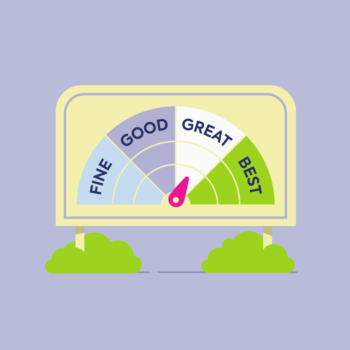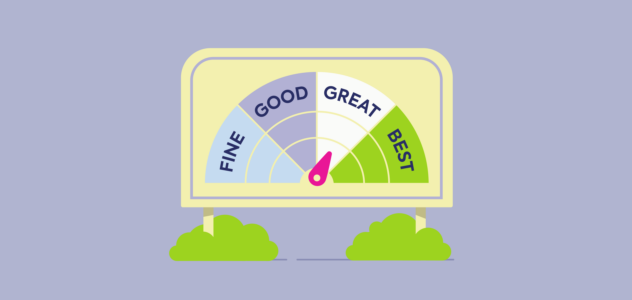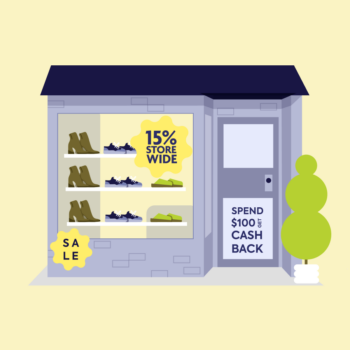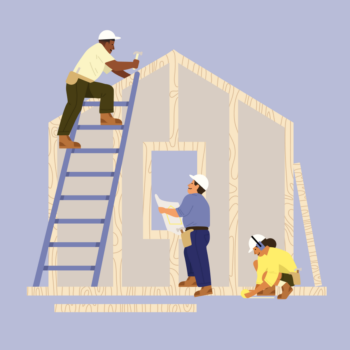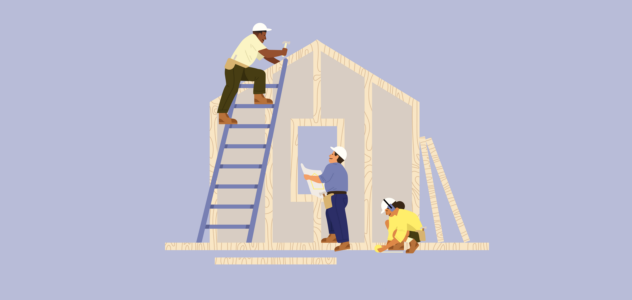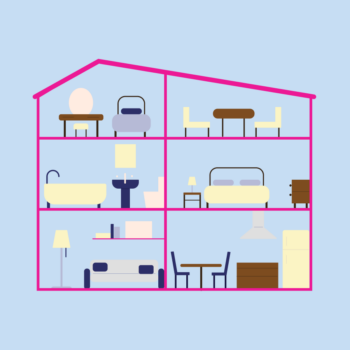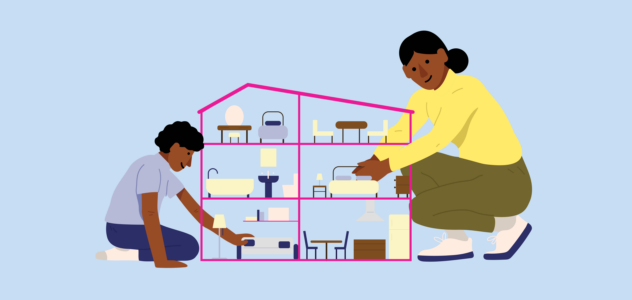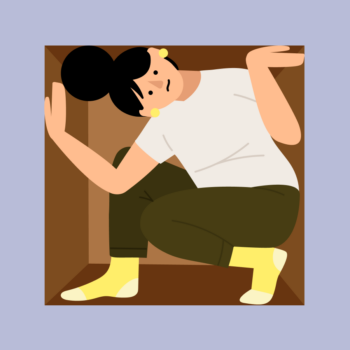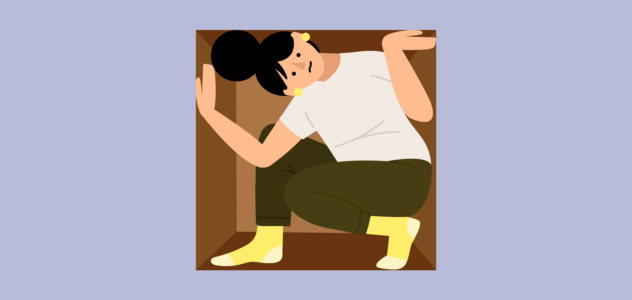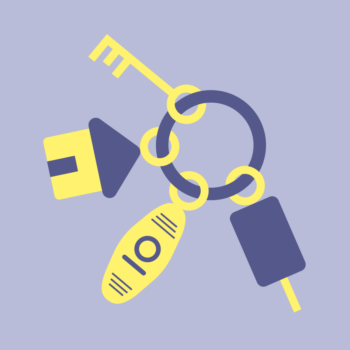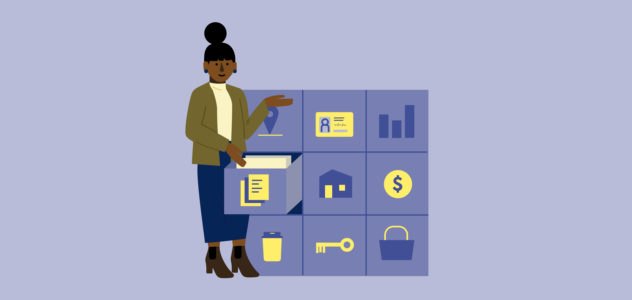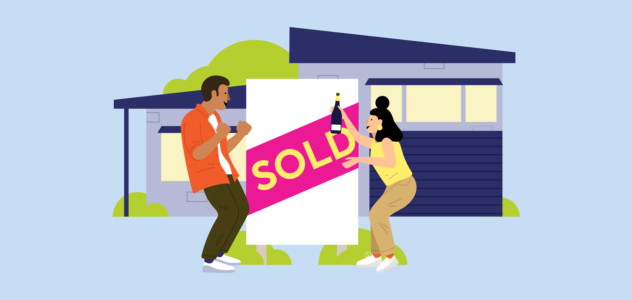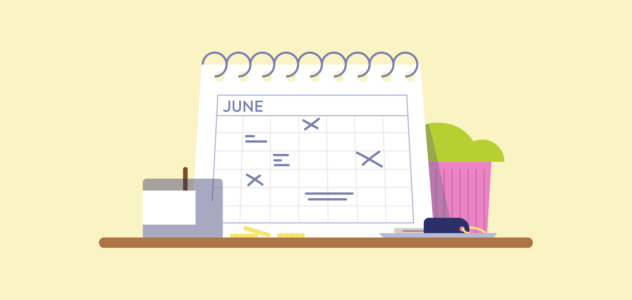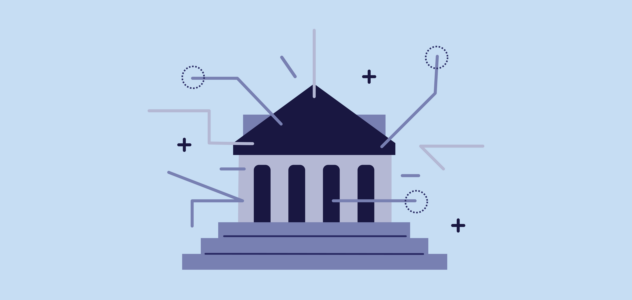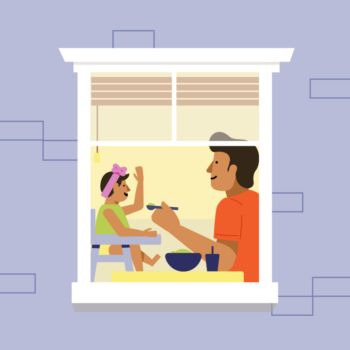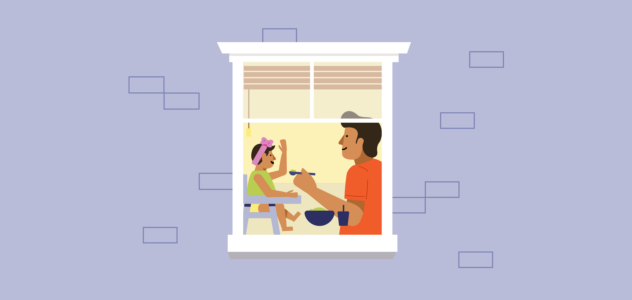So you’ve been blissfully living in fixed-rate-paradise.
Maybe you’ve been watching interest rates rise around you, thinking “well, that’s a future-me problem.”
Until eventually, future you *does* arrive. Cue: panic mode.
“My fixed rate mortgage is ending, what on earth do I do now?”
Well for starters, you’re not alone. This is a common situation for so many Aussie homeowners, and you can navigate through it with the help of a savvy home loan expert (we may know a few of those).
So, what happens when your fixed term ends? And how can you best prepare?
What happens when my fixed rate mortgage ends?
When your fixed rate period ends, you will move to your lender’s variable rate and your repayments will change. The variable rate you move onto may not be the most competitive rate however, so it’s a good time to review your options to avoid paying the mortgage loyalty tax.
Most of the time your lender will let you know in advance that your fixed rate loan is ending and update you on any changes required to your regular repayments. This is the time to snap into action to review your options with the help of an expert. After all, you want your next move to be a smart one.
This could be setting up a new fixed rate loan, looking for a better deal on a variable rate or even setting up a split rate loan where you get a bit of both.
We know, it sounds scary. But we’re here to help you figure out what you CAN do, whatever your situation may be.

Fixed rate, variable rate and split rate — what’s the difference?
Let’s take a step back and look at your interest rate options — fixed rate, variable rate or split rate.
A fixed rate is when you “lock in” an interest rate for an agreed period of time (usually between 1 – 5 years). This means your rate won’t be influenced by what’s happening in the market during the fixed rate term (until your fixed rate period comes to an end, that is).
Unlike a fixed rate, a variable rate is when your home loan rate can change over time based on market factors.
Lastly, a split rate is when you divide your loan into both fixed and variable portions. It’s a way of hedging your bets and getting the best of both worlds.
When you’re weighing up your home loan, know that there aren’t necessarily “good” or “bad” options. Deciding whether you should fix your interest rate depends on your goals and situation.
Can I fix my home loan again at the same rate?
Unfortunately, no.
As a general rule, it’s not possible to fix your home loan again at the same rate once it expires. If it were possible, we’d all be on that train, but lenders typically offer rates based on a whole range of factors including current and projected market conditions.
In some cases, you can extend for another fixed rate period, but it’s unlikely it’ll be at the same rate you were on.
What if interest rates have increased when my fixed rate mortgage ends?
If interest rates have increased since you took out your fixed rate mortgage, then you can expect that your repayments will also increase. So the first thing you want to do is understand, how much? This is a great time to engage an expert or use a calculator to help you run some numbers.
The next thing you should do is do some research to make sure you’re on the best deal possible. Even a small change in your interest rate can stack up to big savings for you and if you’re wondering how much it costs to refinance, you may be pleasantly surprised. So by getting in touch with an expert at Finspo we can help you understand if there are more competitive offers available to you.
What can I do to prepare for my fixed rate ending in 2025?
We won’t sugarcoat it: as you move to a higher interest rate, this will likely mean higher repayments.
But let’s look at what you can actually do about it, and what you may not have considered…
For starters, if you still have a few months before your fixed rate is due to end, you can start budgeting and preparing now. This might look like reducing your spending in other areas (*gulp*) and saving a little extra each month — both to help you prepare mentally and financially for the months ahead.
Not only that, your situation may have changed since you began with a fixed rate. Maybe your income has increased, your debts have decreased or your property value has gone up (booyah).
And, if your property value has gone up, this can create a more favourable Loan to Value Ratio (LVR), which is calculated by dividing the loan amount by the lender-assessed value of your property. It’s a pretty important metric as lenders use it to measure risk.
For example, say you bought a house for $800K in 2020 with a loan size of $700K. This would create a LVR of 87.5%. But now with house prices booming, your house is valued at an impressive $1 million. Plus, you’ve paid $20K off your principal loan, so your loan amount is now $680K. This would create a LVR of 68% (much lower than 87.5% hey?)
And the lower the LVR, the lower the interest rate you may be eligible for, so that might be a win you weren’t accounting for.
Lastly, a great broker can help you find out what your options are. They can look at what your current lender can offer you, plus explore other lenders so you land on a great option that suits your needs.
So, what are my options when my fixed rate mortgage ends?
Well, you have two main options: do *something* or do *nothing*.
If you do nothing, you’ll land on your lender’s variable rate. But if you do something (AKA review your options), you could land on a better rate.
So, if you’re leaning toward the second option (go you), here are 3 steps you can take…
Step 1 – Know what the change to your fixed rate looks like
Finding out what your new interest rate and repayments might look like can make your palms a little sweaty (especially when rates are rising). But it can also help you mentally prepare for what’s ahead and encourage you to find a more favourable option.
In under 60 seconds, Finspo’s fixed rate ending calculator can estimate what your interest rate and repayments will jump to when your fixed rate expires, PLUS calculate how much you could potentially save by looking at other options in the market.
Step 2 – Speak to an expert in advance
It pays to be prepared. Chat with a mortgage broker (or home loan expert as we like to call them) within three months of your fixed rate expiring. This will give you enough time to prep and apply if you choose to refinance. A home loan expert will show you all your options so you can make the right call.

Step 3 – Choose the right option for you
Once you’ve weighed up your options with an expert, you’ll feel more confident in choosing the right loan. You might find a better deal from your current lender or switch lenders altogether. Then, you can time this for when your fixed rate expires. Nice one!
How else can I prepare for my fixed rate mortgage coming to an end?
Planning ahead? We love to hear it.
Here are three more ways you can prepare for your fixed rate mortgage coming to an end…
Read the fine print
Thinking about making extra repayments at your current low fixed rate? Smart thinking, but there are often limitations. It’s a good idea to check with your mortgage broker or lender first.
Start budgeting
If your new home loan repayment estimate gives you a shock, you can start preparing early and put some extra savings aside. This can make you feel more comfortable and start practising for the “real thing.”
Set a reminder
Remember, if you do nothing, you might not end up with the most favourable option. Put a reminder in your calendar to speak to a broker three months before your fixed rate ends. Future you will thank you for it.
As you can see, the fixed rate party is over for many Aussie homeowners in 2024.
Buuut instead of doing nothing and hoping the situation will go away, it’s an ideal time to chat to a home loan expert (AKA broker) and see what avenues you can go down to make the shift as good as it possibly can be.
Ready to explore your options? Tell us a little about your fixed rate, then chat with a Finspo home loan expert today.









